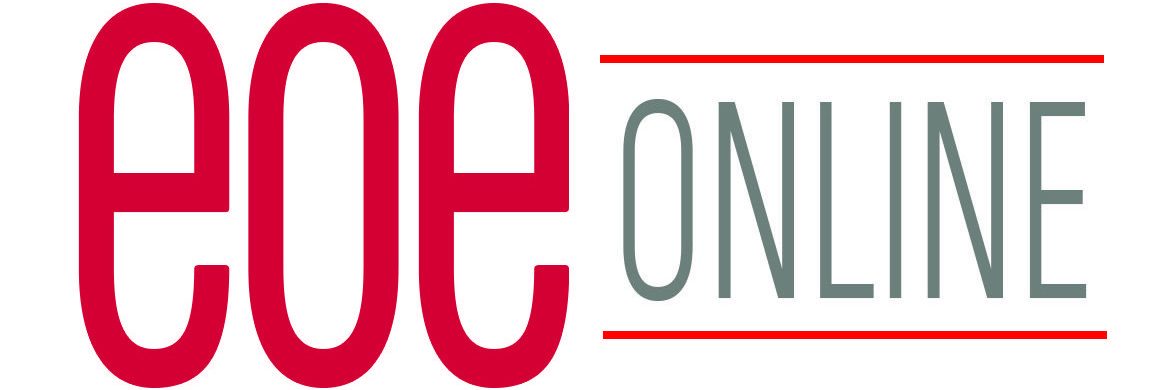
Leaders have long recognized that a diverse workforce of women, people of color, and LGBT individuals confers a competitive edge in terms of selling products or services to diverse end users. Yet a stark gap persists between recognizing the leadership behaviors that unlock this capability and actually practicing them.
Part of the problem is that “diversity” and “inclusion” are so often lumped together that they’re assumed to be the same thing. But that’s just not the case. In the context of the workplace, diversity equals representation. Without inclusion, however, the crucial connections that attract diverse talent, encourage their participation, foster innovation, and lead to business growth won’t happen. As noted diversity advocate Vernā Myers puts it, “Diversity is being invited to the party. Inclusion is being asked to dance.”
To read the rest of the article, click here!
